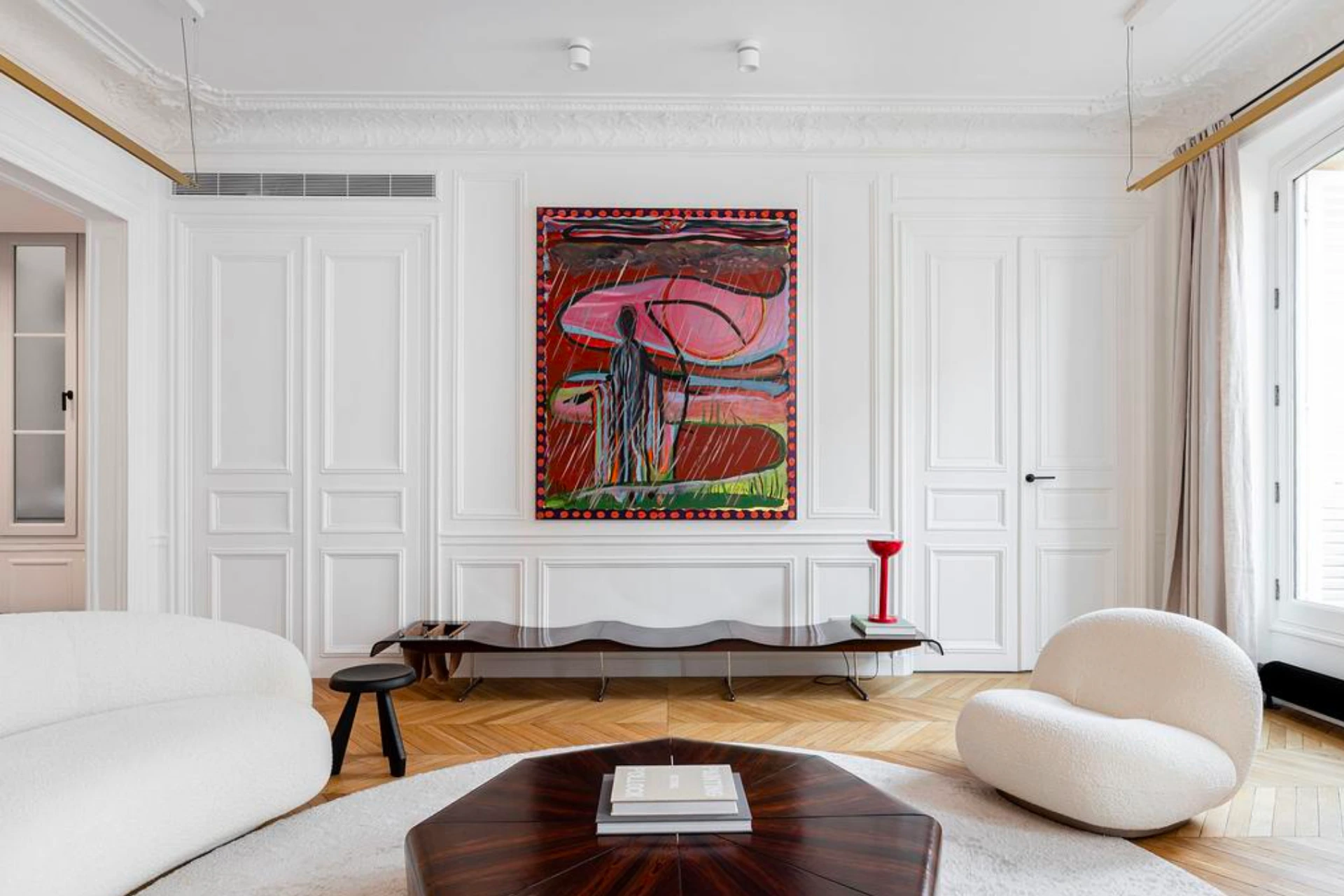“WITCHES wander the weird wilds of the world, unafraid and unfettered. They drip from moonlight and the edges of stars, sculpt each other from beeswax and jackal fangs.”
These words welcome you to the homepage of Cryptocoven, a collection of 9768 digital-art portraits sold as NFTs.
One witch, Sirius, The Sufficient Hyperplane, has medium, warm-toned skin, a chiseled jawline, red eyes, and long, straight, silver hair. “You make your own jewelry from trinkets and dried hearts,” reads the character’s description. “Your magic spawns from paint splatters. You see the truth reflected.” Sirius is a mage, a Sagittarius sun, Scorpio moon, and Aquarius rising.
The project is the brainchild of five creatives who go by the pseudonyms Aletheia, Aradia, Keridwen, Nyx, and Xuannu. They each work on different components of the projects, which encompasses art, lore, storytelling, the tech component, and community building.
What sets the Cryptocoven art apart from other projects of a similar scope is the cultural and visual milieu it chose to inhabit. Both the art and the concept behind each avatar draws from influences that defined the 1990s zeitgeist, such as the art of Naoko Takeuchi (Sailor Moon) and CLAMP (Magic Knight Rayearth, Clover, Card Captor Sakura); character parameters are laid out in a way that is familiar to all of those who ever played with Pokemon cards or games such as Final Fantasy, which relies on a “job” and “class” system to define the playable characters.
The creators actively sought to honor different body types and shapes, inspired, in Aletheia’s words, by the Fenty collections and campaigns. “I developed those three ways to reference a range of face shapes and try to figure out what commonalities they had in between l different groups of faces and how we can portray them in a way that was more agnostic to some of the cultural associations,” she explains. “We have lithe, soft, and chiseled and we were trying to like to stay away from gender references, trying to express the core quality of those shapes.”
The portraiture plays a large role in world-building and storytelling, says Xuannu, the creator responsible for the culturecraft component of the project. “Our minds are just wired to recognize and personify faces,” Xuannu says., “These witches are characters with whom people can identify, as beings with agency who can be heroes or villains or otherwise cause change in this fictional world.”




